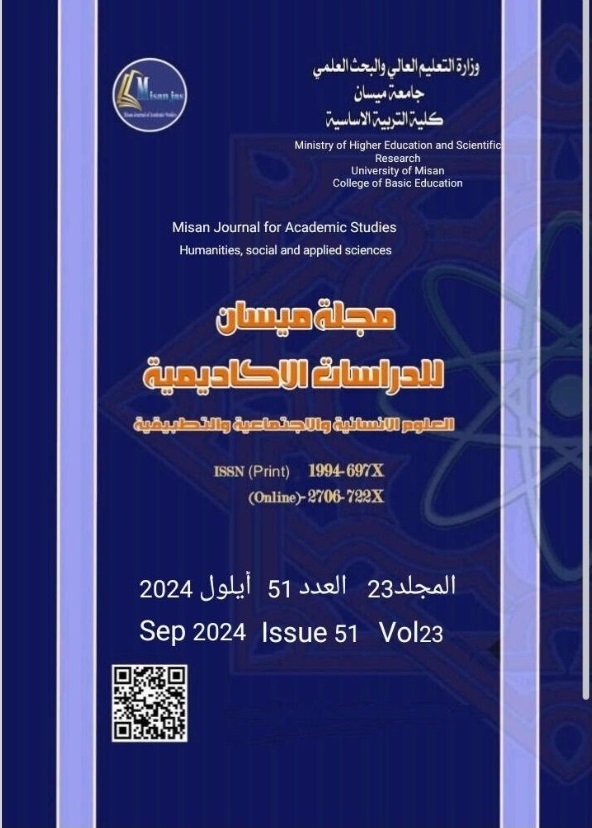Diagnostic Accuracy of GCF IL33 and sST2 For Periodontitis Stage I, II, and III
Abstract
IL33 was highly expressed in the periodontal tissue of patients with chronic periodontitis. However, there is a debate regarding whether there is an elevation in the level of IL33 in gingival crevicular fluid (GCF) of patients with chronic periodontitis. As a member of the Toll-like receptor/IL-1R superfamily, interleukin-33 serves as the ligand for the ST2 receptor. The ST2 receptor consists of two isoforms: ST2L, which is a form that bridges the cell membrane, and soluble ST2 (sST2), which is a form that is released into the surrounding environment. The objective of this study was to evaluate the accuracy of diagnosis of IL33 and sST2 in distinguishing between various stages of periodontitis (I, II, and III) and periodontal health. A total of 162 participants were involved in the study, and GCF was obtained from each individual. The IL33 and sST2 levels were detected using an enzyme-linked immunosorbent assay (ELISA). All the data showed statistical significance in differentiating, except for the IL33 GCF level between stage II and stage III periodontitis, where the result was not statistically significant. Based on this investigation, GCF IL33 and sST2 showed a high level of sensitivity and specificity in distinguishing between periodontal health and periodontitis.
Downloads
Copyright (c) 2024 (Humanities, social and applied sciences) Misan Journal of Academic Studies

This work is licensed under a Creative Commons Attribution-NonCommercial-NoDerivatives 4.0 International License.
The copyright is also the copyright of the magazine only.
All articles published in our magazine are subject to license terms
Creative Commons Attribution(CC BY-NC-ND 4.0) This license permits the content to be reproduced, redistributed and reused in whole or in part for any purpose free of charge, without any permission from the author(s), researcher or student.
Works submitted to Maysan Journal of Academic Studies for publication in the journal (CC BY-NC-ND 4.0) license terms. Where available content can be shared, distributed and replicated provided there is no commercial profit and appropriate credit must be given to the original source through sources or citations. It is mandatory to review any material used from other sources including shapes, tables, and images for re-use under the terms of the Creative Commons License (CC BY-NC-ND 4.0).Provided that there is no modification to the original content



